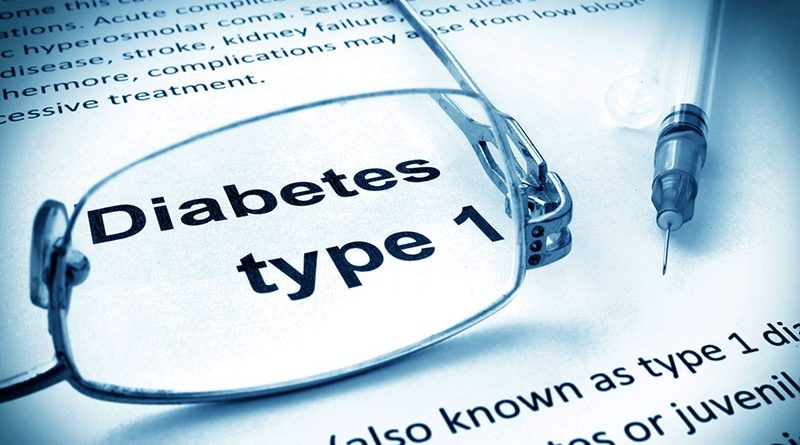Echocardiography Boosts Prognostic Power in T1D
AMSTERDAM, The Netherlands — Calculating a patient’s myocardial performance index (MPI) and adding it to a standard risk-prediction model significantly increased prognostic accuracy for major adverse cardiovascular events (MACE), especially heart failure, in people with type 1 but not type 2 diabetes, an analyses of data from about 2000 Danish patients shows.

Dr Hashmat S.Z. Bahrami
“MPI provides incremental prognostic information” in people with type 1 diabetes that “may enhance risk prediction” for their future risk of all-cause death, acute coronary syndrome, heart failure, or stroke, Hashmat S.Z. Bahrami, MD, said at the 2023 Congress of the European Society of Cardiology.
The primary analysis he reported showed a significantly elevated adjusted hazard ratio of 1.2 among people with either type 1 or type 2 diabetes and an elevated MPI compared with those with diabetes but a lower MPI value.
Further analysis divided the study cohort into the 1093 people with type 1 diabetes and the 1030 with type 2 diabetes and showed that the significant association of elevated MPI with increased MACE was entirely confined to the type 1 diabetes subgroup, again with a hazard ratio of 1.2, but without any significant association among those with type 2 diabetes, said Bahrami, a cardiology researcher at Copenhagen University Hospital.
“Trying to Figure Out” the Type 1 Diabetes Link
“We’re still trying to figure out” the explanation for this difference based on diabetes type, Bahrami said. He speculated that it might relate to a higher incidence of heart failure among those with type 1 diabetes, or to longer duration of diabetes in the type 1 subgroup.
The ability of elevated MPI to predict an increased risk specifically for heart failure was apparent in another analysis he presented that divided MACE events into the individual components of this composite. Elevated MPI significantly linked with a 1.3-fold elevated risk for heart failure in those with type 1 diabetes, but high MPI had no significant association with any of the other event types included in the MACE composite.
The researchers also assessed the incremental impact from adding MPI data to an established cardiovascular disease (CVD) risk calculator for people with type 1 diabetes, the Steno Type 1 Risk Engine, which includes nine parameters such as age, sex, blood pressure, diabetes duration, and two different measures of renal function.
This analysis showed that adding MPI significantly boosted the attributable CVD risk from an area-under-the-curve (AUC) of 0.77 to an AUC of 0.79. Including MPI also boosted the AUC for risk of future heart failure from 0.77 with the existing Steno Type 1 Risk Engine to 0.83, also a significant increase.
Simultaneously with his talk at the Congress a report on the findings was published online in the European Heart Journal Cardiovascular Imaging.
MPI Reflects Left Ventricular Function
MPI is calculated by adding a person’s isovolumic cardiac relaxation time to their isovolumic cardiac contraction time and dividing this by their ejection time. These time measurements come from examination with tissue Doppler M-mode echocardiography, Bahrami explained, and when assessed together reflect left ventricular function during both systolic and diastolic phases.
“MPI has been around for many years, but our technique is rather novel” and has high intra- and inter-observer reproducibility, he said. “It’s highly reproducible and feasible.”
The study included data collected prospectively from Danish adults without any known CVD enrolled in the Thousand & 1 study of people with type 1 diabetes and the Thousand & 2 study of people with type 2 diabetes. The analyses that Bahrami reported included CVD events during a median 5.3 years of follow-up.
The study received funding from Novo Nordisk. Bahrami has disclosed no relevant financial relationships.
Eur Heart J Cardiovasc Imaging. 2023;jead178. Abstract
European Society of Cardiology (ESC) Congress 2023: Abstract. Presented August 28, 2023.
Mitchel L. Zoler is a reporter with Medscape and MDedge based in the Philadelphia region. Follow him at @mitchelzoler.
For more news, follow Medscape on Facebook, X (formerly known as Twitter), Instagram, and YouTube.
Source: Read Full Article
